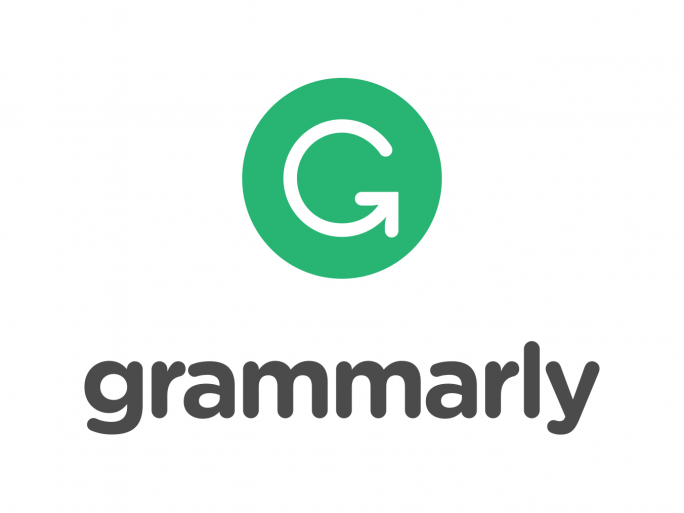ANALISIS HUBUNGAN TERAPI ANTIHIPERTENSI SEBAGAI PENCEGAHAN SEKUNDER TERHADAP KEJADIAN SERANGAN ULANG STROKE ISKEMIK PADA PASIEN STROKE ISKEMIK
DOI:
https://doi.org/10.36387/jifi.v5i1.923Keywords:
Recurrent Stroke, Secondary Prevention, AntihypertensiveAbstract
Individuals who survive a first ischemic stroke are at high risk for recurrent
stroke. This study aims to analyze the relationship between antihypertensives on the
incidence of ischemic stroke recurrence in ischemic stroke patients. Type of
research is analytic observational with a retrospective cohort approach. The
research sample was taken using purposive sampling technique. The research
sample was patients who had an ischemic stroke at PKU Muhammadiyah Hospital
Yogyakarta in 2018.
There were 201 samples that met the inclusion criteria. Consisting of 135
treatment groups and 66 patients as the control group. In the treatment group, 110
patients did not have recurrent strokes and 25 patients had recurrent strokes. In the
control group there were 58 patients who did not have recurrent strokes and 8
patients had recurrent strokes. Statistical analysis showed an RR value of 0.927
(95% CI: 0.822-1.046) and p-value of 0.344. The conclusion from the results of
this study is that there is no relationship between the administration of
antihypertensive therapy with the incidence of ischemic stroke recurrence in
ischemic stroke patients at PKU Muhammadiyah Hospital Yogyakarta.
References
Misbach, J., 2001. pandangan
umum mengenai stroke dalam:
rasyid A Soertidewi L editor.
Units stroke: managemen stroke
secara komprehensif. Balai
Penerbit Jkt.
Jacob G., 2001. Stroke, Clinical
Trials Research Unit. Aucland
New Zeland
Prabhakaran, S., Chong, J.Y.,
Risk factor management
for stroke prevention. Contin.
Minneap. Minn 20, 296–308.
doi:10.1212/01.CON.00004461
82420.64
Karuniawati. H, dkk, (2015),
Pencegahan Sekunder Untuk
Menurunkan Kejadian Stroke
Berulang Pada Stroke Iskemik,
Jurnal Manajemen dan
Pelayanan Farmasi (JMPF)
Kesuma, N. M. T. S.,
Dharmawan, D. K., Fatmawati,
H., 2019, Gambaran Faktor
Risiko Dan Tingkat Risiko
Stroke Iskemik Berdasarkan
Stroke Risk Scorecard Di RSUD
Klungkung. Intisari Sains
Medis. Volume 10, No. 3, Hal
-729
Burhanuddin. M., Wahiduddin.,
Jumriani. 2013. Faktor Risiko
Kejadian Stroke Pada Dewasa
Awal (18-40 Tahun) di Kota
Makassar Tahun 2010-2012.
Jurnal MKMI
Bushnell, C.D., Johnston, D.C.,
Goldstein, L.B., 2001.
Retrospective assessment of
initial stroke severity:
Comparison of the NIH Stroke
Scale and the CNS. Stroke, 32,
-660
Riskesdas, 2013, Riset
Kesehatan Dasar, Badan
Penelitian dan Pengembangan
Kesehatan Kementrian
Kesehatan Republik Indonesia.
Kristiyawati, S.P., Irawaty, D.,
Hariyati, Rr.T.S. 2009, Faktor
Risiko yang Berhubungan
dengan Kejadian Stroke di RS
Panti Wilasa Citarum Semarag,
Jurnal Keperawatan dan
Kebidanan (JIKK), Volume (1),
hal. 1-7. Semarang STIKES
Telogorjo
American Heart Association,
, Stroke Risk Factor,
(http;//www/strokeassociation.o
rg/presenter.jhtml?identifier),
Diambil 24 April 2020,
Yogyakarta
Sacco, R. L., Kasner, S. E.,
Broderick, J. P., Caplan, L. R.,
Connors, J. J., Culebras, A.,
Vinters, H. V. (2013). An
updated definition of stroke for
the 21st century: A statement for
healthcare professionals from
the
Downloads
Published
How to Cite
Issue
Section
License
Copyright (c) 2022 Jurnal Insan Farmasi Indonesia

This work is licensed under a Creative Commons Attribution-NonCommercial-ShareAlike 4.0 International License.












